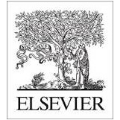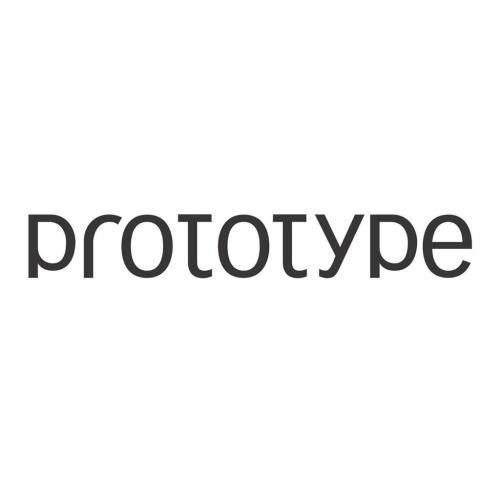Interfaces for creating visualizations typically embrace one of several common forms. Textual specification enables fine-grained control, shelf building facilitates rapid exploration, while chart choosing promotes immediacy and simplicity. Ideally these approaches could be unified to integrate the user- and usage-dependent benefits found in each modality, yet these forms remain distinct. We propose parameterized declarative templates, a simple abstraction mechanism over JSON-based visualization grammars, as a foundation for multimodal visualization editors. We demonstrate how templates can facilitate organization and reuse by factoring the more than 160 charts that constitute Vega-Lite's example gallery into approximately 40 templates. We exemplify the pliability of abstracting over charting grammars by implementing -- as a template -- the functionality of the shelf builder Polestar (a simulacra of Tableau) and a set of templates that emulate the Google Sheets chart chooser. We show how templates support multimodal visualization editing by implementing a prototype and evaluating it through an approachability study.
翻译:创建可视化的界面通常包含几种常见形式之一。 文本规范允许细微的控制, 架子建筑可以促进快速的勘探, 而图表选择可以促进即时和简单。 理想的情况是, 这些方法可以统一, 整合每种模式中发现的用户和使用上的好处, 但是这些形式仍然不同。 我们提议了参数化的宣示模板, 简单的抽象机制, 而不是基于 JSON 的可视化语法, 作为多式可视化编辑的基础。 我们演示了模板如何通过将构成Vega-Lite 样廊的160多张图表纳入大约40个模板, 来便利组织和再利用。 我们以模板为范例, 将构成 Vega-Lite 样廊的160多张图表纳入到大约40个模板中。 我们通过执行( 作为模板) 储架建筑师Polettar (表的模版) 的功能, 以及一套仿照 Google Chash 图表选择器的模板, 我们展示了模板如何支持多式可视化编辑。 我们展示了模板如何通过实施原型和通过可接近性研究来评估的方式来支持多式的多式可视化编辑。




